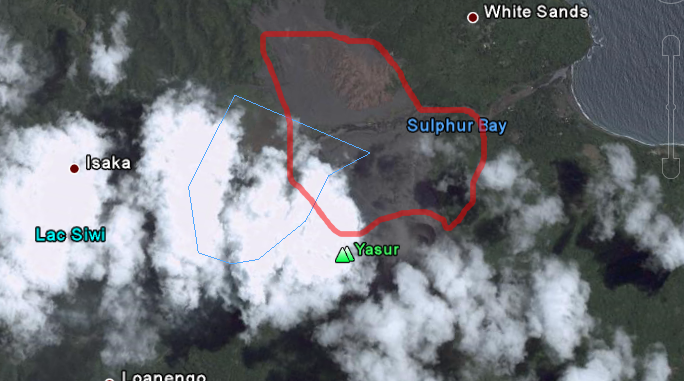There does exist a whole forum on the web dedicated to the same topic of this thread: fantasy race track design.
I don't know if it's OK with the moderators to post the link on here, so I refrain from it, but I would add it if you gave me the thumbs up.
Since, in my early teens, I got interested in F1 to more of an extent than just watching the Monaco GP each year with my family, I started drawing up my own racetracks, so I was quite happy when I found that other forum a few years ago to discuss my designs with other people.
One thing that I think is important for exciting racing and a good season is that there is not just one type of racetrack on which all races are held, but several in about an equal number of each, requiring different setups for the cars, and sometimes radically different ones.
Today in F1, there are mainly high-downforce tracks (Barcelona, Nürburgring GP circuit, new Hockenheim, etc.), with just a few middling downforce ones like Spa and only one fast, low downforce circuit: Monza.
The big problem with Tilke's designs, no matter how they look, is that these tracks require all the same kind of setup: Sakhir, Sepang, Valencia, Hockenheim, Shanghai - they may all have corners that invite drivers to make errors, but they don't require aero settings that are radically different from each other. He may have had the chance to do a low downforce circuit at Fuji, but he passed on that one.
With a calendar consisting of a good mix of different track types, even a reject track like the Alemannenring in Singen, Germany, that was run by the old DTM can be somewhat exciting.
Next, it is important to have good spectating spots around the track. Everybody loves the Indy version of Brands Hatch because you can see so much of the track. But most people don't know that you can see up to 2/3 of Hungaroring when sitting on the grandstand at the beginning of the start finish straight.
It's hard to equip your track with spectator spots like these when you are just being given flat swampland.
But in Bahrain, Tilke didn't have to cope with that at all ...
There are of course other important factors, too, like the blot shape must be aesthetically interesting, the lap time and lap length must meet the demands of cost-efficiency and safety (Pescara, anybody?

and Bernie's focus in track design today, paddock space and the corporate identity looks of a circuit on TV.
All that needs to be considered before Tilke can start on what he likes: creating attractive buildings in the form of grandstands or paddocks or VIP towers.
And let's not forget about the crates of the water drainage system

For a good designer of racetracks when it comes to blot shape and track types, look no further than John Hugenholtz, the Dutchman who designed many a great classic including Zandvoort, the Hockenheim with the Motodrom and the straights through the woods (was a track edit of his), and most spectacularly: Suzuka.
But why are we complaining about Tilke? If we were watching NASCAR with all its seemingly similar ovals, would we really worry about this?







